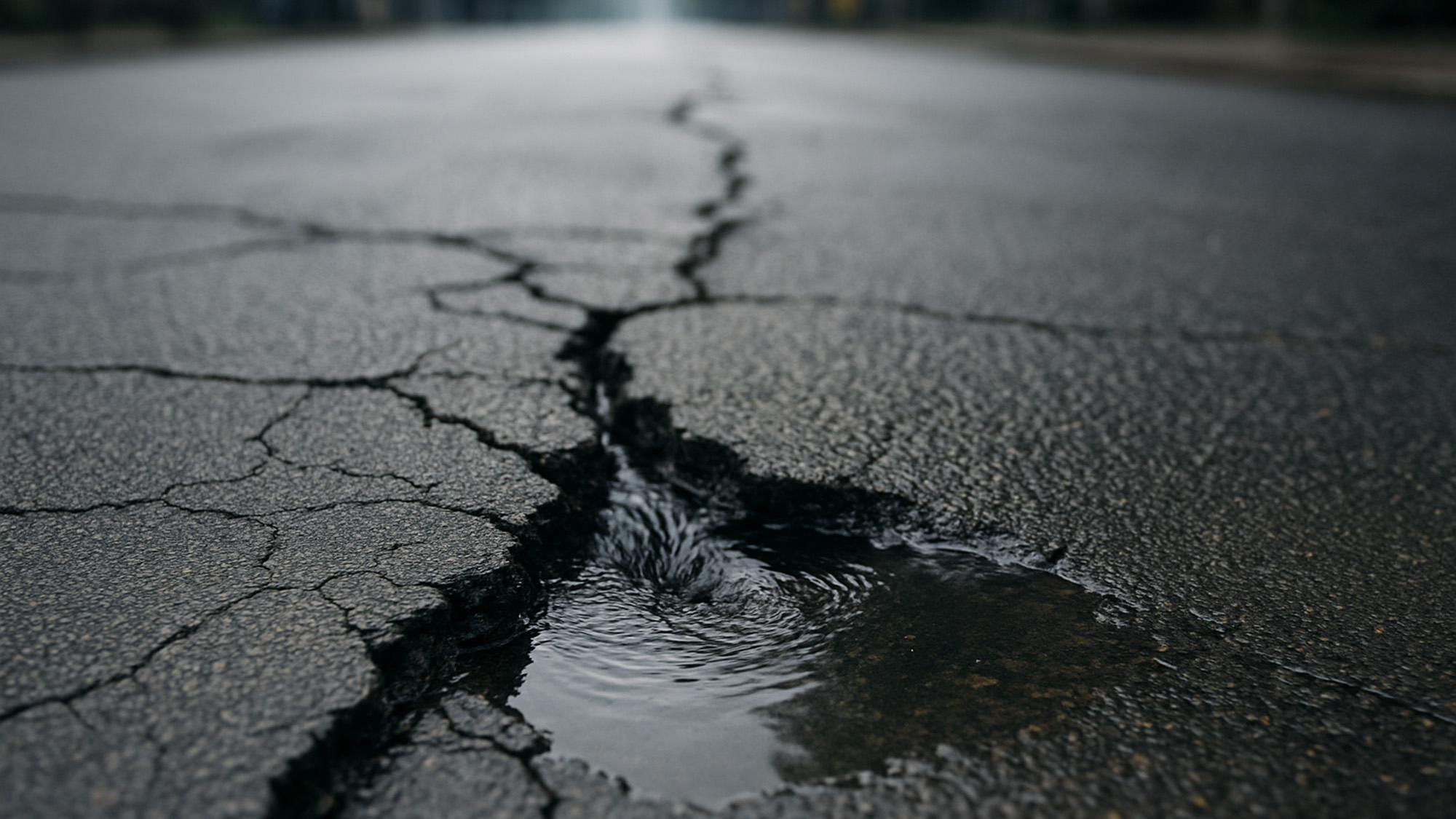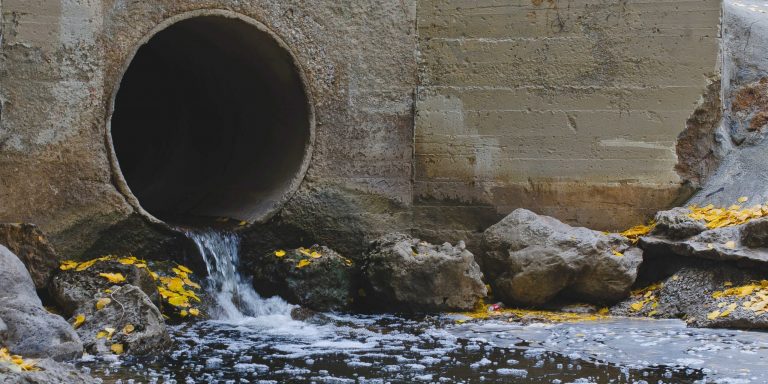May 5, 2025
Making the Invisible Visible: The Future of Water Asset Management

Water is arguably the one asset that people take most for granted – until something goes wrong. Suddenly, it becomes expensive, scarce, and difficult to deliver. Smarter solutions make these invisible assets visible and enable city managers and water utilities to effectively tackle their critical aging infrastructure.
Water asset management: costly, complex and critical
Cities across the U.S. rely on three critical water systems to function properly:
- Stormwater networks that control runoff to manage flooding and reduce pollution in waterways
- Wastewater systems that collect, transport, and treat sewage
- Drinking water infrastructure that purifies and distributes clean water to homes, businesses, and industries
When one fails, the consequences ripple across communities.
Managing these assets has never been easy, but the task has become more complicated and costly. Climate change has intensified storms, putting additional pressures on municipalities in terms of coping with floods, mudslides and other weather-related hazards and uncertainties.
Wastewater demand fluctuates with population but becomes more expensive per capita as a community’s population and tax base drop.
As for drinking water, the losses to water main leaks and breaks are staggering. After first abstracting the water from boreholes, wells, rivers, and reservoirs, purifying it in costly filtering facilities, and sending it through a two-million-mile nationwide system of pipes, we lose about two trillion gallons a year…along with the $8 billion it costs to replace it.
As water systems become overwhelmed or break down, municipal water management leaders must wrestle with where to start as they confront aging infrastructure destined to cause significant problems in the near future.
To make matters worse, these underground assets remain invisible until failures surface – often when it’s too late.
Aging infrastructure: smarter solutions are needed
With aging infrastructure failing at an increasing rate, cities need smarter solutions.
Much of the water system in the U.S. was constructed right after World War II with an expected shelf-life of about 75 years, which means that most of the system is old beyond its time. There’s little question as to why so much of it is failing.
The ”out of sight, out of mind” nature of water loss fosters a reactive mindset among city officials and citizens alike. People in local government can agree that asset management – a comprehensive term for creating, maintaining, and updating a community’s infrastructure – is a difficult assignment. Like a homeowner postponing roof repairs, cities often delay maintenance – only to face high costs when problems become unavoidable.
The crisis of delayed maintenance for aging infrastructure is found all across the U.S., and the consequences are painful. Many communities are in a vicious downward spiral that will only get worse with ongoing failure to repair the systems.
In Jackson, MS, in 2002, a public health crisis followed the intersection of two disasters: water treatment plant infrastructure failure and river flooding. The result left 160,000 people, along with hospitals, fire stations and schools, without access to a safe supply of water. At the same time, Jackson’s water distribution system had numerous leaks and line breaks, with crews repairing five or six each day.
Stormwater itself brings miseries beyond the flooding of streets and neighborhoods. Surface water runoff is often laden with pollutants like trash, heavy metals, and bacteria that make further treatment necessary, complicated, and expensive. We see that in the Baltimore area, where aging sewer and stormwater infrastructure contributes to complications affecting a watershed that serves more than a million people.
CivilSense: making the invisible visible
Formidable obstacles stand in the way of solving the problem of aging infrastructure.
To begin with, it’s underground, hidden from easy observation and repair. When a bridge gets knocked down by a container ship or a cathedral burns out of control, the problem is readily seen and the solution obvious. But water loss is often impossible to see until the extensive damage is exposed by flooding in the streets or the water is shut off throughout entire neighborhoods.
A small puddle on the surface may be hundreds of feet from the actual source of the underground leak. What’s more, the size of the puddle tells you nothing about the size of the break. Until recently, the primary response has been with a shovel or backhoe and hours of digging.
Now, however, CivilSense™ makes sustainable water asset management efficient and effective by making the invisible visible.
Using a data-driven approach to sustainable water asset management that leverages cutting-edge technologies backed by more than 60 years of expertise and experience, city managers and water utility leaders now have a choice that pushes asset management far beyond the options that existed even as recently as last year.
New tools are available to diagnose and prioritize repair and maintenance budgets, which are only getting tighter and tighter. Real-time success stories illustrate that trusted expertise from Oldcastle Infrastructure’s team results in a near-immediate return on investment.
Investing in smarter water management today isn’t just necessary – it’s an economic imperative. With $625 billion needed over the next 20 years, solutions like CivilSense offer a way forward, delivering cost-effective, proactive asset management before crises strike.
Next
- Read about what municipalities don’t realize about non-revenue water
- Learn more about CivilSense
- Connect with a smart water expert



